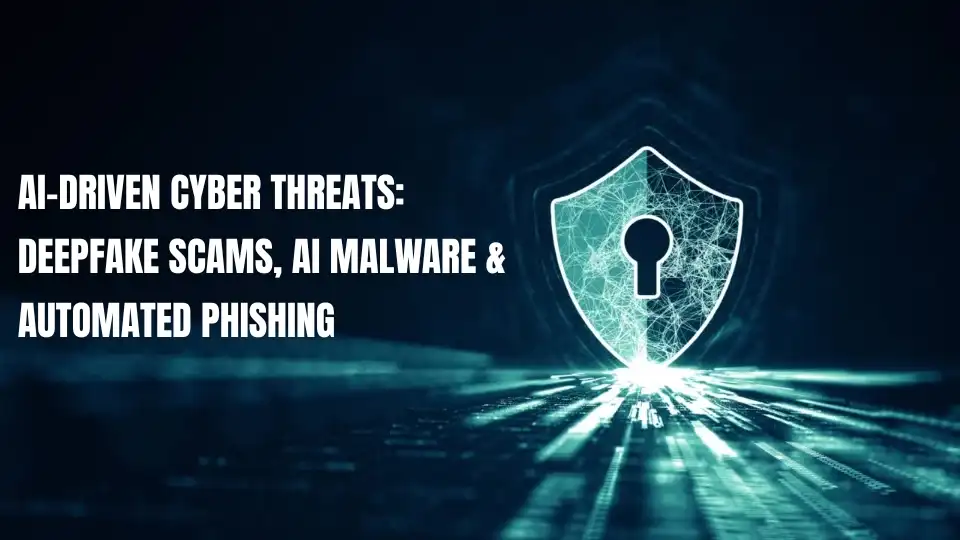
Secure SDLC Implementation: The Complete Step-by-Step Guide
Secure SDLC (Software Development Lifecycle) is the process of embedding security best practices and controls into each phase of software development. Instead of adding security at the end of the development cycle, Secure SDLC makes it an integral part of the planning, design, coding, testing, and deployment process.
Why Secure SDLC Is Important
- Prevention First: Helps identify and eliminate vulnerabilities during development, reducing risk.
- Cost Efficiency: Fixing issues early is significantly cheaper than post-deployment patches.
- Regulatory Compliance: Aligns with GDPR, HIPAA, ISO 27001, PCI-DSS.
- Better Application Security: Encourages threat modeling, secure coding, and penetration testing.
How Secure SDLC Works
Secure SDLC integrates security measures throughout the traditional SDLC phases:
- Requirement Gathering: Define functional + security requirements.
- Design: Apply threat modeling and risk analysis.
- Development: Follow secure coding practices and tools.
- Testing: Conduct code audits, vulnerability scanning, and penetration testing.
- Deployment: Apply hardening, access controls, and container security.
- Maintenance: Log monitoring, security patching, and continuous compliance.
This is often done using DevSecOps principles, where Development, Security, and Operations are merged for continuous delivery and protection.
Secure SDLC Step-by-Step Process
1. Requirement Gathering with Security in Mind
- Identify business goals and potential threats.
- Include security compliance requirements (GDPR, HIPAA, etc.).
- Use Security Requirement Checklists (NIST, OWASP ASVS).
2. Planning and Feasibility Analysis
- Perform a security risk analysis.
- Select security tools and frameworks.
- Assign security roles and define policies.
3. Threat Modeling and Secure Design
- Tools: OWASP Threat Dragon, Microsoft TMT
- Build Data Flow Diagrams (DFDs) and identify attack surfaces.
- Apply secure design principles: least privilege, defense in depth, fail-safe defaults.
4. Secure Coding and Development
- Follow standards like OWASP Secure Coding Practices.
- Use SAST tools: SonarQube, Checkmarx, Fortify.
- Avoid vulnerable dependencies: use Software Composition Analysis (SCA).
- Enforce peer code reviews.
5. Security Testing
- DAST tools: OWASP ZAP, Burp Suite.
- Penetration Testing: Manual and automated.
- Dependency and configuration scanning.
- Use CI/CD pipelines to trigger automatic scans on every push.
6. Secure Deployment
- Harden OS, web servers, and databases.
- Use IaC tools securely (Terraform, Ansible).
- Container Security: Trivy, Docker Bench, Aqua Security.
- Secure secrets: Use HashiCorp Vault, AWS Secrets Manager.
7. Maintenance and Continuous Monitoring
- Set up SIEM tools (Splunk, ELK, Graylog).
- Apply regular patches and firmware updates.
- Monitor logs for unusual activity.
- Run periodic vulnerability and compliance audits.
Recommended Tools for Secure SDLC
| SDLC Phase | Tools/Technologies |
|---|---|
| Threat Modeling | OWASP Threat Dragon, Microsoft TMT |
| Static Code Analysis | SonarQube, Checkmarx, Fortify |
| Dynamic Testing | OWASP ZAP, Burp Suite, Acunetix |
| SCA & Dependency Mgmt | Snyk, OWASP Dependency-Check, Black Duck |
| CI/CD Security | Jenkins + Snyk, GitHub Actions + Trivy |
| Container Security | Aqua Security, Docker Bench, Anchore |
| Secrets Management | HashiCorp Vault, AWS Secrets Manager |
| Monitoring & SIEM | Splunk, ELK Stack, Graylog, Wazuh |
Best Practices
- Implement "shift-left" security (start early).
- Automate as much as possible.
- Train developers in secure coding.
- Adopt DevSecOps pipelines.
- Regularly update threat models and policies.
Benefits of Secure SDLC
- Reduces costs by catching vulnerabilities early.
- Enhances security posture.
- Improves compliance and trust.
- Supports faster, safer software delivery.
- Minimizes risk exposure and attack surface.
Conclusion
Secure SDLC is not just a trend—it’s a necessity for modern software development. It protects your application, your users, and your brand reputation. Whether you're developing mobile apps, web platforms, or enterprise systems, integrating security from the beginning will set you up for long-term success.
Need help implementing Secure SDLC in your next project? At Ambala IT, we provide end-to-end Secure SDLC implementation tailored for your business.





